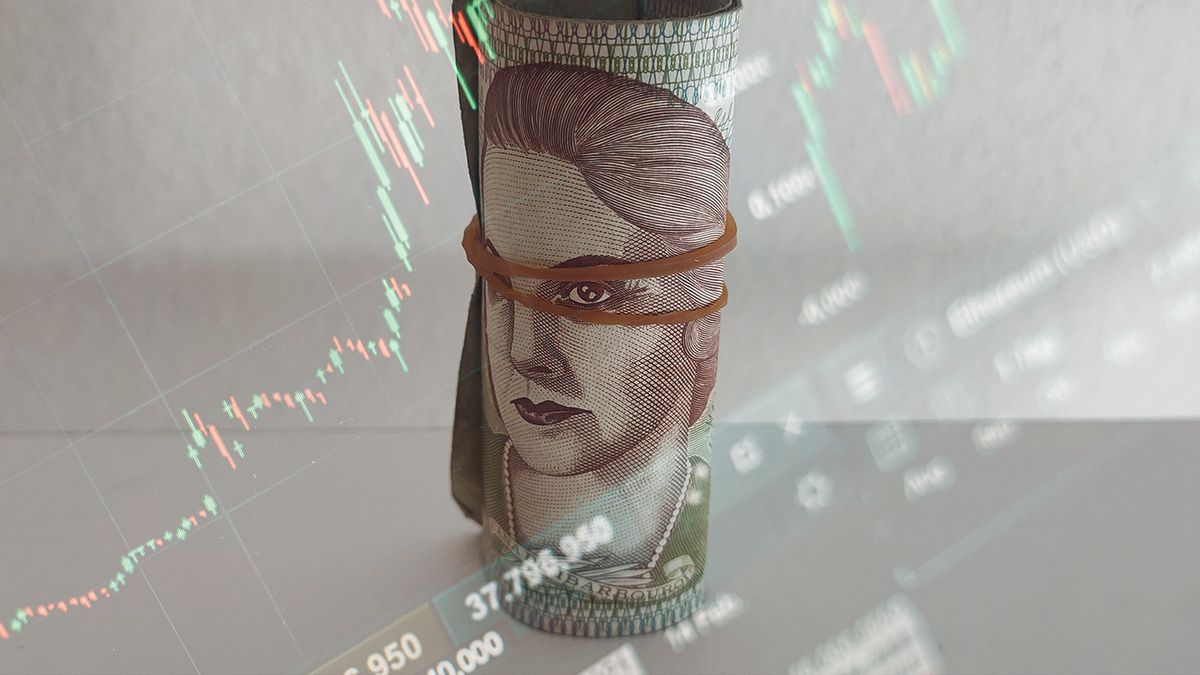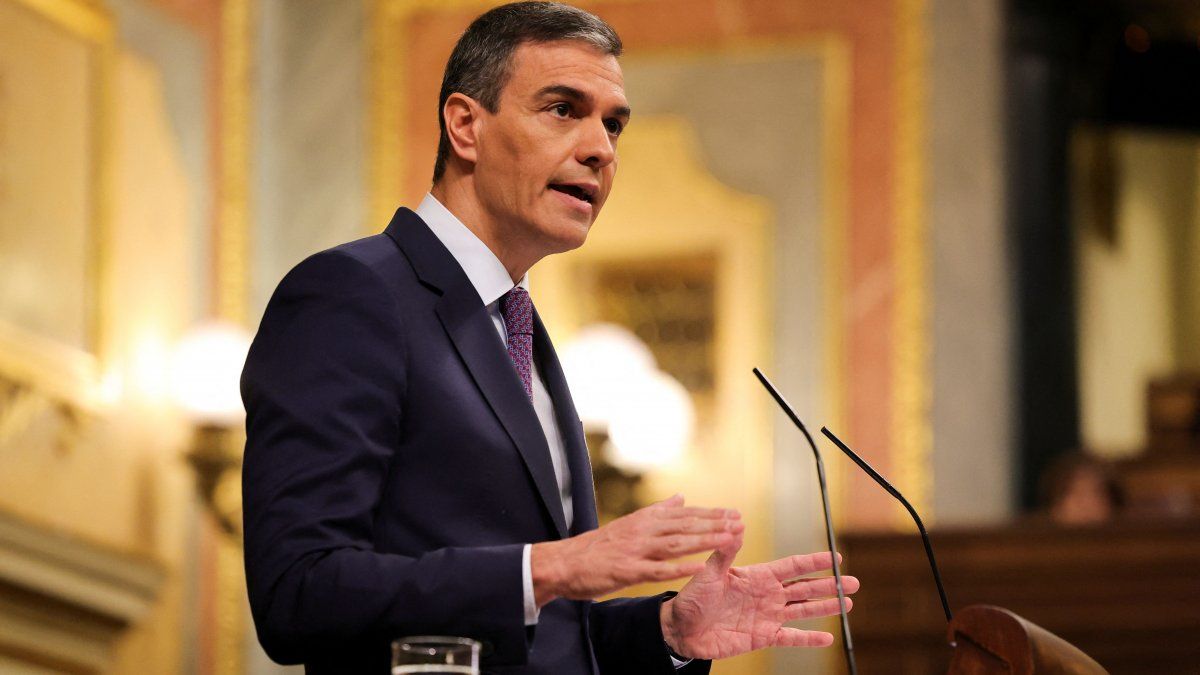The government signed the agreement for the largest investment in the history of Uruguay with HIF Global, for the construction of a green hydrogen plant in Paysandú; and although the news is positive for the development of the national economy, it raised concerns about the consequences or side effects it may have on the exchange market, in a context in which the dollar It remains “ironed” well below what it should be to improve the country’s deteriorated competitiveness.
After the first investment announcement in the middle of last year, the government finally signed the memorandum of understanding with the company HIF Global, for a disbursement that will be close to 6 billion dollars, the most important in Uruguayan history in terms of foreign direct investment (FDI).
Although investments are always good news – even more so if it is in renewable energy, a sector to which the government gives particular impetus within the framework of the second energy transformation -, this was once again put on the table of public debate the same day as the dollar closed with a new low, touched its minimum value for the month, accumulated its fourth monthly decline and confirmed the trend that will continue in 2024: it is virtually “ironing”. Added to this is another unfavorable fact: the competitiveness He has been losing for 24 straight months.
Is there a relationship between investments and the fall of the dollar?
The memory of the impact of UPM 2 is still fresh: a cumulative fall in 2022 of 10.35% in the value of the dollar against the peso, due to the important dollar offer that there was in the country – accompanied by low demand – which meant the entry of foreign currency by the Finnish company for the construction of its second plant.
Therefore, the fear that something similar will happen again following the announcement of the historical investment It is latent. “We know what happened in 07/2019 when the construction of UPM2 was confirmed, an investment of US$ 2.7 billion. It had an immediate impact on the dollar price (fell $1) and in the price of bonds in nominal pesos”, the financial education site published about it Sherpa staff, headed by economist Rodrigo Sarachaga.
“It is that the income of dollars FDI “It generates an excess supply of the US currency, and when something is abundant, its price falls,” the portal explained from its LinkedIn account. This argument was also used at the time by the government when responding to criticism of the exchange delay.
“A priori, it is a clear ‘long UYU…’”, he added, by way of conclusion.
The impact of the mega investment in Paysandú
To this, of course, we must add the recent decision of the Central Bank of Uruguay (BCU) to pause the cycle of interest rate cuts and maintain the Monetary Policy Rate (MPR) at 9%—four points above the Consumer Price Index (CPI) January—, with the objective of continuing to lower inflation within the target range.
Although the deviation of the exchange rate from its fundamentals – currently around 15% according to data from the Ministry of Economy and Finance (MEF) — is not a priority within the monetary policy of this administration since the country has a policy of free floating and the dollar responds to market parameters; the decision made by the Monetary Policy Committee (Copom)in principle, would contribute to keeping the US currency stable, in a context in which Uruguay continues to lose competitiveness in international markets.
In any case, it is hasty to conclude that the current exchange situation responds to the announcement of the investment in Paysandú, or that this will be decisive for the dollar in the short or medium term. The project is still in very incipient stages and many previous steps remain for effective disbursement and foreign exchange income.
Likewise, other factors of the economy will also have to be considered at the time the investment occurs, since these could counteract the effects that the greater currency flow in the domestic market it can generate.
Source: Ambito




